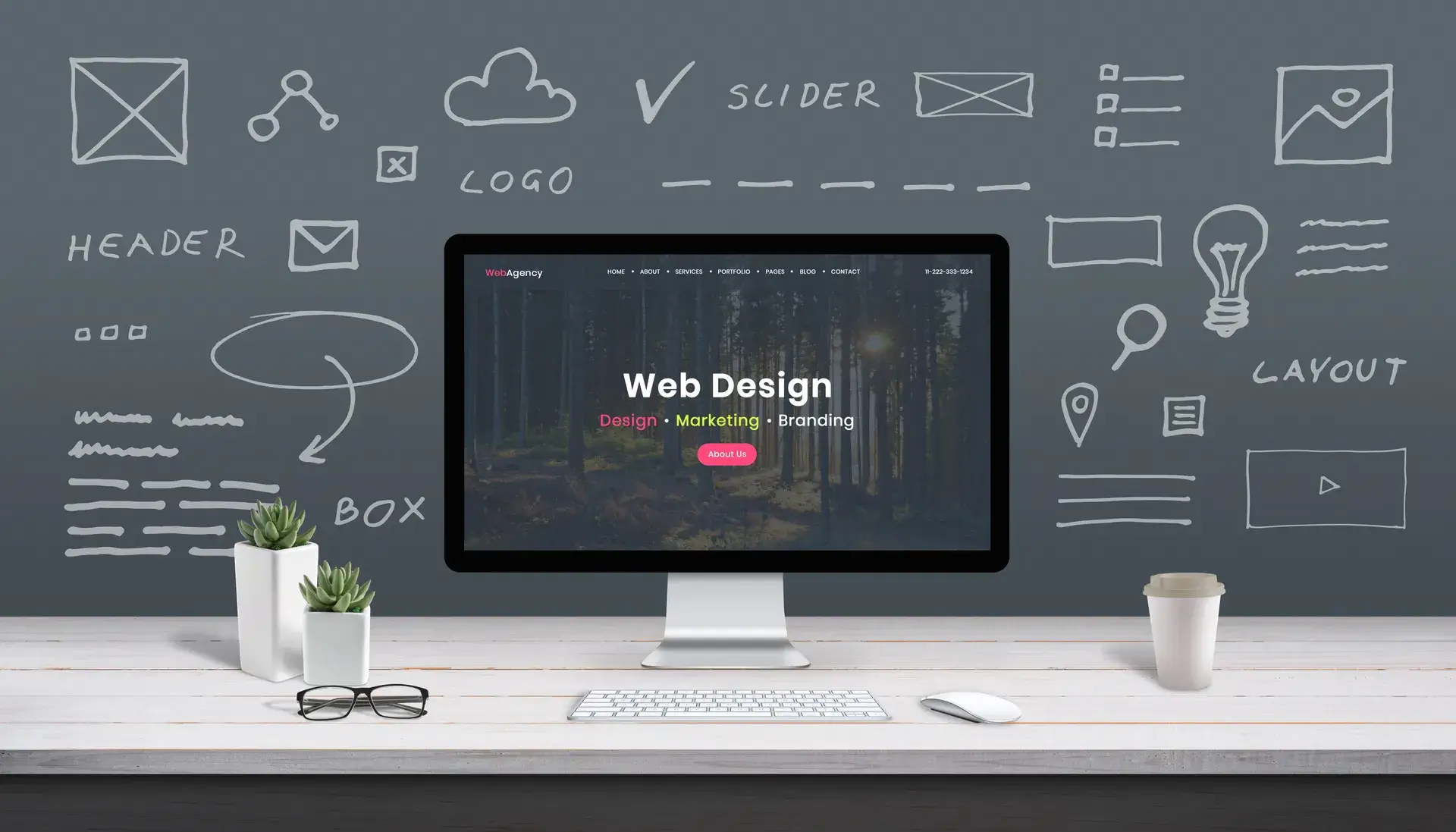In today’s digital landscape, having a website that performs well on all devices is crucial. This is where site responsive design comes into play. Responsive design allows websites to adapt to different screen sizes and resolutions, ensuring a seamless user experience across smartphones, tablets, and desktops. In this post, we’ll discuss the importance of responsive design, its key features, and how to implement it effectively on your website.
What is Site Responsive Design?
Site responsive design is a web design approach that enables websites to automatically adjust their layout and content according to the device they are being viewed on. This design philosophy takes into account various screen sizes, orientations, and resolutions, making it essential for enhancing user experience (UX) and search engine optimization (SEO).
Why is Responsive Design Important?
Responsive design is important for several reasons:
- Improved User Experience: A responsive site provides a better browsing experience, encouraging users to stay longer and engage more with your content.
- SEO Benefits: Google favors mobile-friendly websites in its ranking algorithms. A responsive design can help improve your SEO, leading to better visibility and higher traffic.
- Cost-Effective: Instead of creating separate websites for mobile and desktop, a responsive design saves time and resources by providing a single site that caters to all users.
Key Features of Site Responsive Design
Here are the vital features that characterize responsive web design:
- Fluid Grids: Instead of fixed-width layouts, fluid grids adapt to the screen size, using relative units (like percentages) to position elements.
- Flexible Images: Images are scaled appropriately or adjusted based on the screen size, ensuring they load perfectly regardless of the device.
- Media Queries: This CSS technique allows you to apply specific styles based on device characteristics, such as width, height, or resolution.
How to Implement Responsive Design
Implementing responsive design involves several best practices:
- Use a Responsive Framework: Utilizing frameworks like Bootstrap or Foundation can streamline the development process.
- Optimize Images: Compress images to reduce load times while maintaining quality, helping improve overall performance.
- Test Across Devices: Regularly test your site on various devices and screen sizes to ensure consistent performance and UX.
Conclusion
Site responsive design is no longer a luxury; it's a necessity for effective web development. By ensuring that your website is responsive, you not only enhance the user experience but also boost your SEO efforts. At Prebo Digital, we specialize in building responsive websites that look great on any device. Ready to make your website more user-friendly? Contact us today for a consultation!














